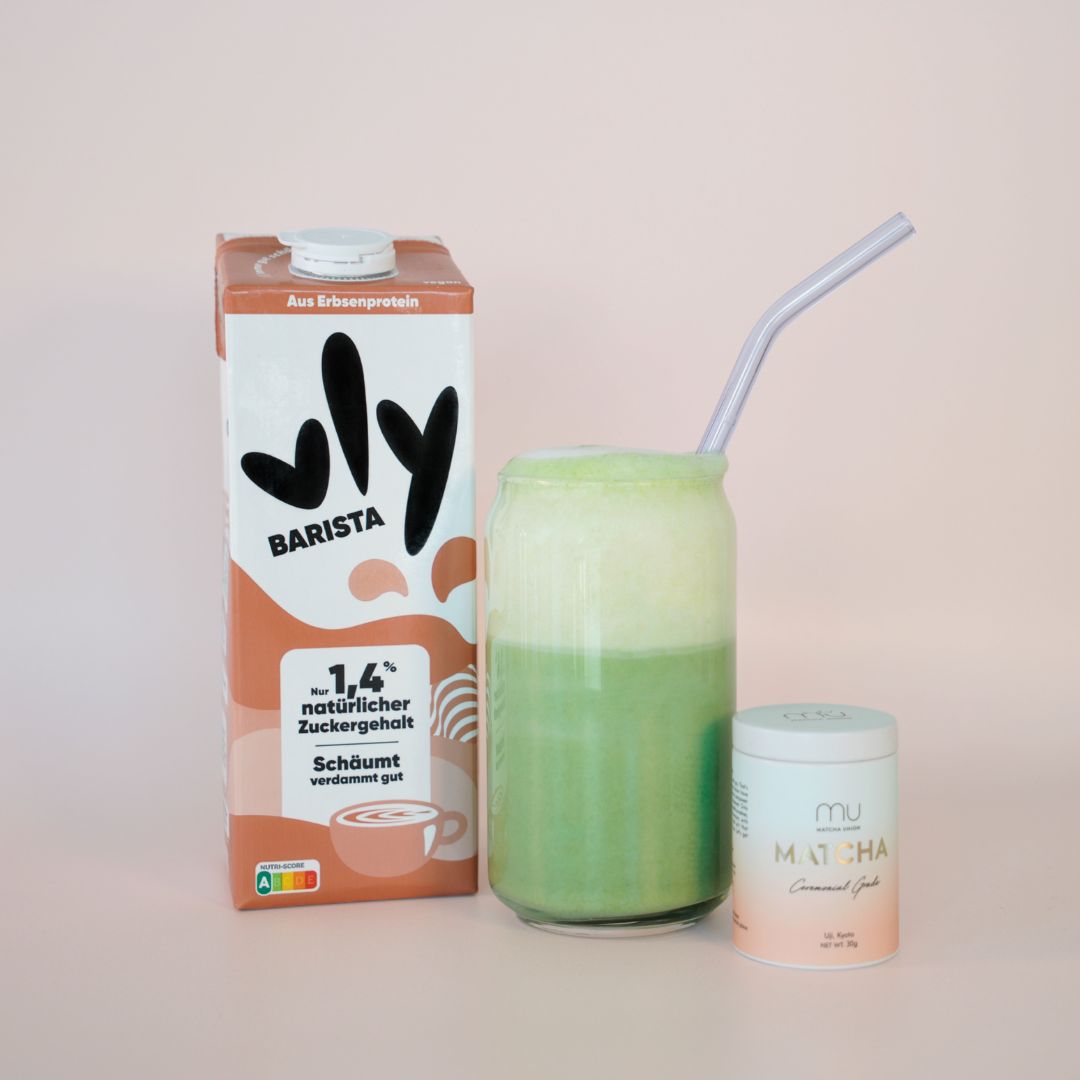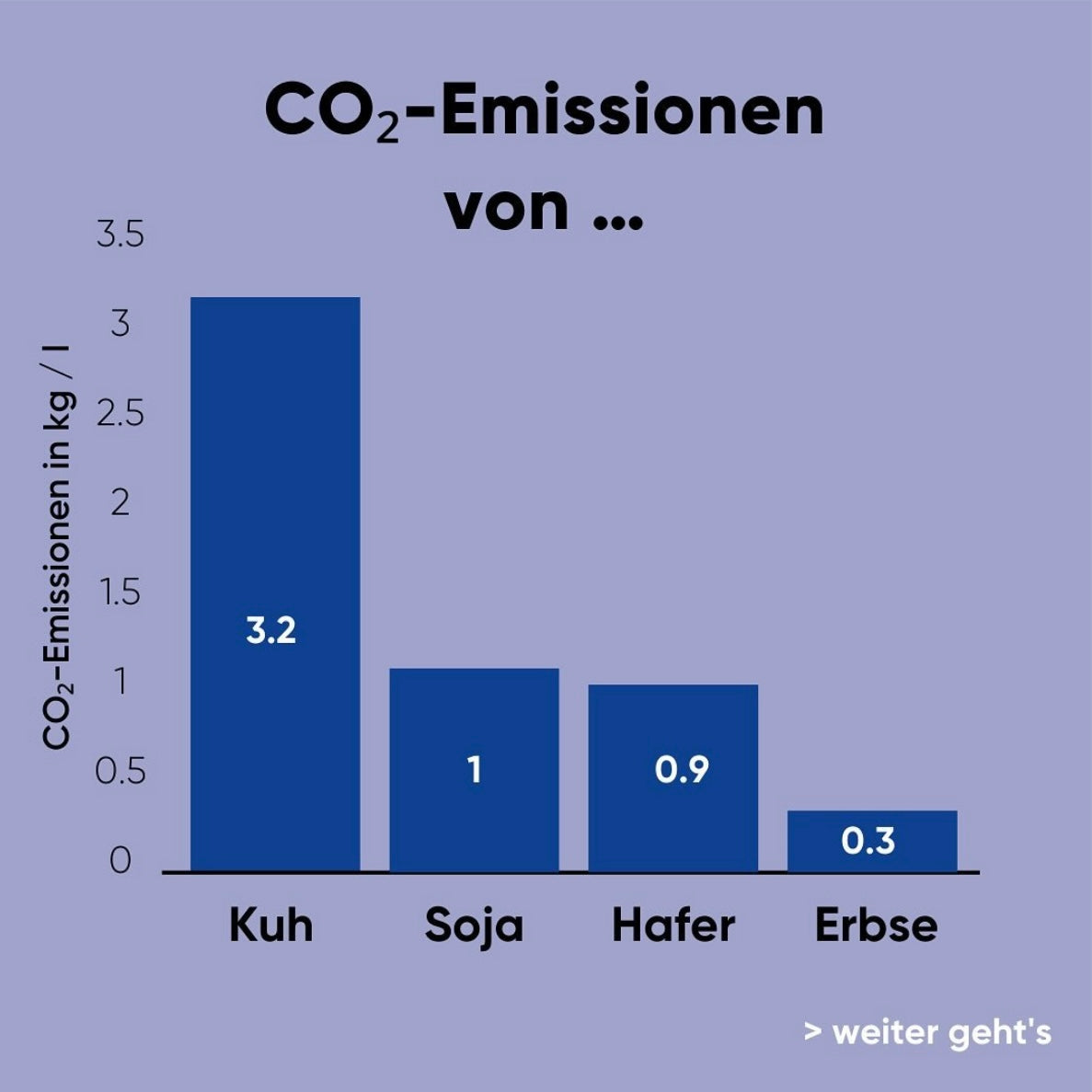
That's why we use canola oil
Good omega 3 to omega 6 ratio
For vegetarians and vegans without external supply of EPA and DHA, the endogenous conversion rate of EPA can apparently be adjusted upwards, whereby with an intake of 30 g ground flaxseed/10 g linseed oil (ALA) even at the lowest conversion rate with 250 mg enough EPA would be formed and with an eye on all other important factors (age, gender, genetics, health status, consumption of stimulants, stress, fatty acid intake (per se and especially total ALA:LA), nutrient supply, caloric intake) it would even be potentially possible to synthesize enough DHA endogenously. However, more research is needed for this and thus, according to the status quo, supplementation with EPA and DHA should be seen as a prophylactic rather than an absolute statement. It's important that the ratio of ALA to LA does not exceed 1:5 and that the overall health factors are adequately addressed, although unfortunately this cannot be expected in the average population (ratio of ALA to LA 1:15-20; often suboptimal health status).(ibid).
In view of the fact that this poor ratio is presumably due to the increased consumption of oils such as sunflower oil, soybean oil or peanut oil (ALA to LA 1:311, 1:10, 1:26),(ibid.) the inclusion of canola oil can be seen as a positive step towards a healthier diet. Especially when the above-mentioned oils are replaced by canola oil, it's scientifically proven that comparatively positive health effects or improvements of health-relevant markers, such as blood lipid values, various cholesterol values or insulin sensitivity occur. (2) In addition, the effect of canola rapeseed oil in the vly products can also be considered positive due to the overall low amount of fat content of the different varieties Barista, Original and Unsweetened (fat content 3.1 g/2.9 g rapeseed oil/100 ml for Barista and Original, 1.8 g/1.5 g rapeseed oil/100 ml for Unsweetened) and due to the content of 311 mg ALA (Barista and Original). 2.9 g of canola rapeseed oil in the vly products Barista and Original provide between 15-30% LA as well as 5-14% ALA based on total fat content, resulting in min.-max. ~0.44-0.87 g LA and ~0.15-0.41 g/average 311 mg ALA. This ratio of ALA to LA gives these variants a good omega 3 to omega 6 ratio of 1:2.(3) The fatty spectrum in terms of omega 3 and omega 6 fatty acids in the vly products can therefore be considered neutral to positive across the board and certainly doesn't contribute to the population-wide disproportion of polyunsaturated fatty acids. The further inclusion of linseed oil wasn't carried out due to the suboptimal fatty acid spectrum except for the omega 3 richness as well as the taste, of algae oil due to the necessary preservation with microencapsulation or admixture of rosemary extract or other antioxidants and also due to the taste. Finally, vly is still primarily intended to be a food and not a dietary supplement.
Topic: erucic acid
The canola oil used in the products has an erucic acid content of max. 2% but this is very likely to be significantly lower and must be stated at this level purely for legal reasons. (3) It is true that EFSA has issued a warning regarding erucic acid and children's health but the cited source already contains numerous limitations, so that for safety reasons the relevant researchers set the safe amount for children to consume at 7 mg erucic acid/kg body weight, with the note that potentially harmful effects in terms of myocardial lipidosis would be temporary and reversible and other adverse effects on liver or kidney weight and skeletal muscle are only to be feared at somewhat higher doses. (6) A report by the Federal Institute for Risk Assessment states:
'To derive a health-based guidance value ("health-based guidance value"), the development of lipidosis was used as the most sensitive endpoint. A NOAEL ("No Observed Adverse Effect Level", highest dose at which no adverse effects were observed) for myocardial lipidosis of 0.7 g erucic acid/kg body weight (bw) and day was determined from the data of various animal studies (EFSA 2016). Based on this NOAEL, a TDI for erucic acid of 7 mg/kg bw per day was derived using a safety factor of 100.(7)
Here it is important to emphasize that those findings originate from animal studies, thus the transferability to humans is difficult and the health effects are not yet conclusively clarified. In addition, it's clear that a safety factor of 100 has already been used to guarantee an absolute safety of the TDI value (whereas the NOAEL in animal studies was thus significantly higher). Then it should be emphasized that the erucic acid content from today's canola varieties has been drastically reduced by selective breeding (especially in the late 1950s and 1960s in Canada) and that canola oil from the campestris variety with less than 2% erucic acid content nowadays accounts for almost the entire global crop.(8),(9)
With a 2% erucic acid content/100 ml milk alternative, this value would actually already have been exceeded with 58 mg and 16 mg erucic acid. However, since this value represents an extreme/maximum value that must be printed for legal reasons and studies from 2016 already showed an average erucic acid content of less than 0.1% in canola oil, this would add up to just less than 2.9 mg erucic acid per 100 ml of milk alternative - ~7% of the permitted value for a 6-kilo child.
If we calculate with more conservative or realistic figures, e.g. with 0.5% erucic acid/canola oil, 14.5 mg erucic acid and 35% of the permitted value would be added up. In both more realistic scenarios, 0.1% or 0.5% erucic acid content would require more than 1 l or ~300 ml of vly milk alternative Barista or Classic to be potentially harmful to health. In our eyes, it seems unrealistic to feed such quantities to a young child.







